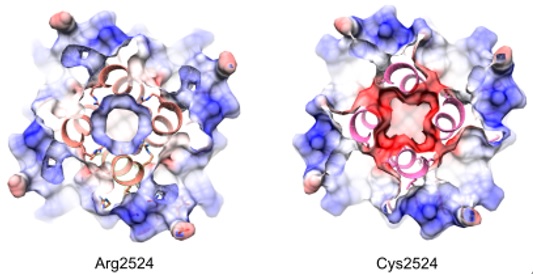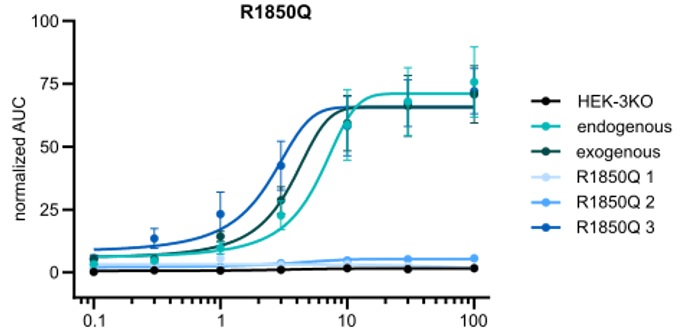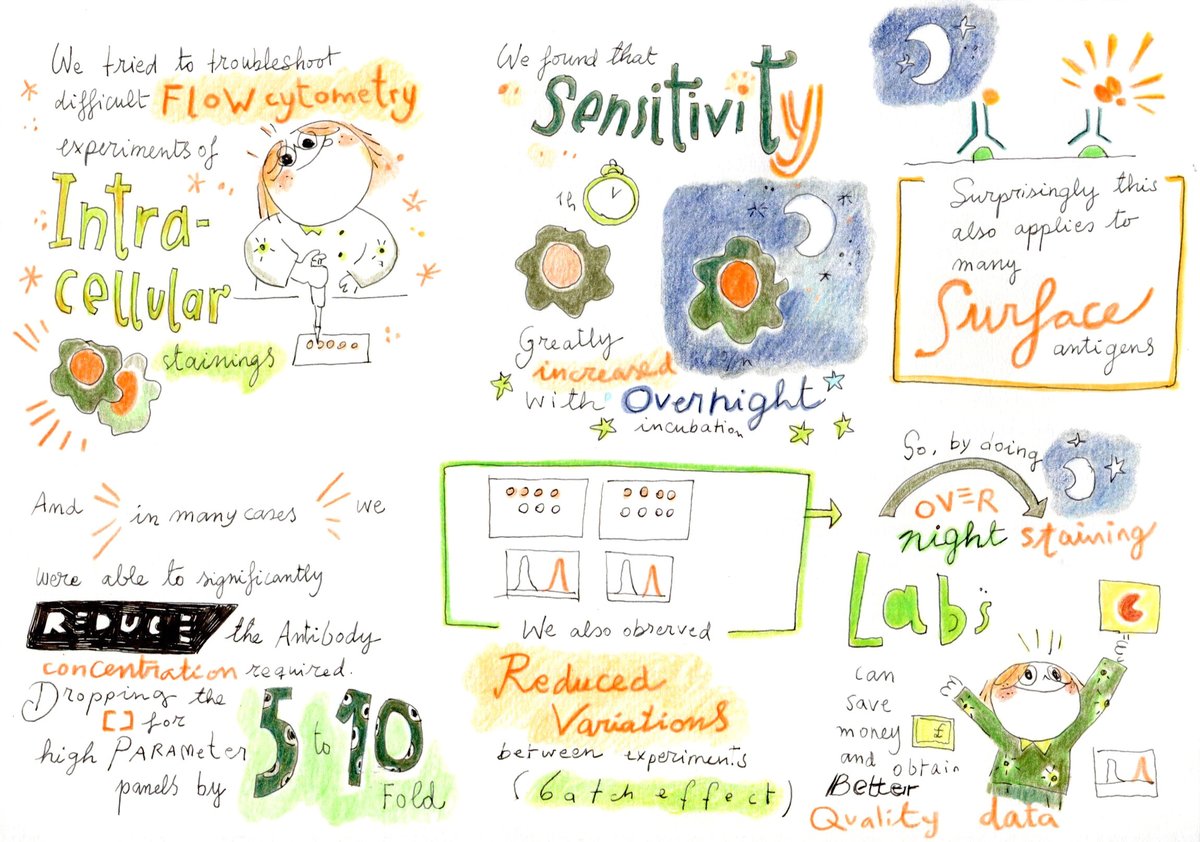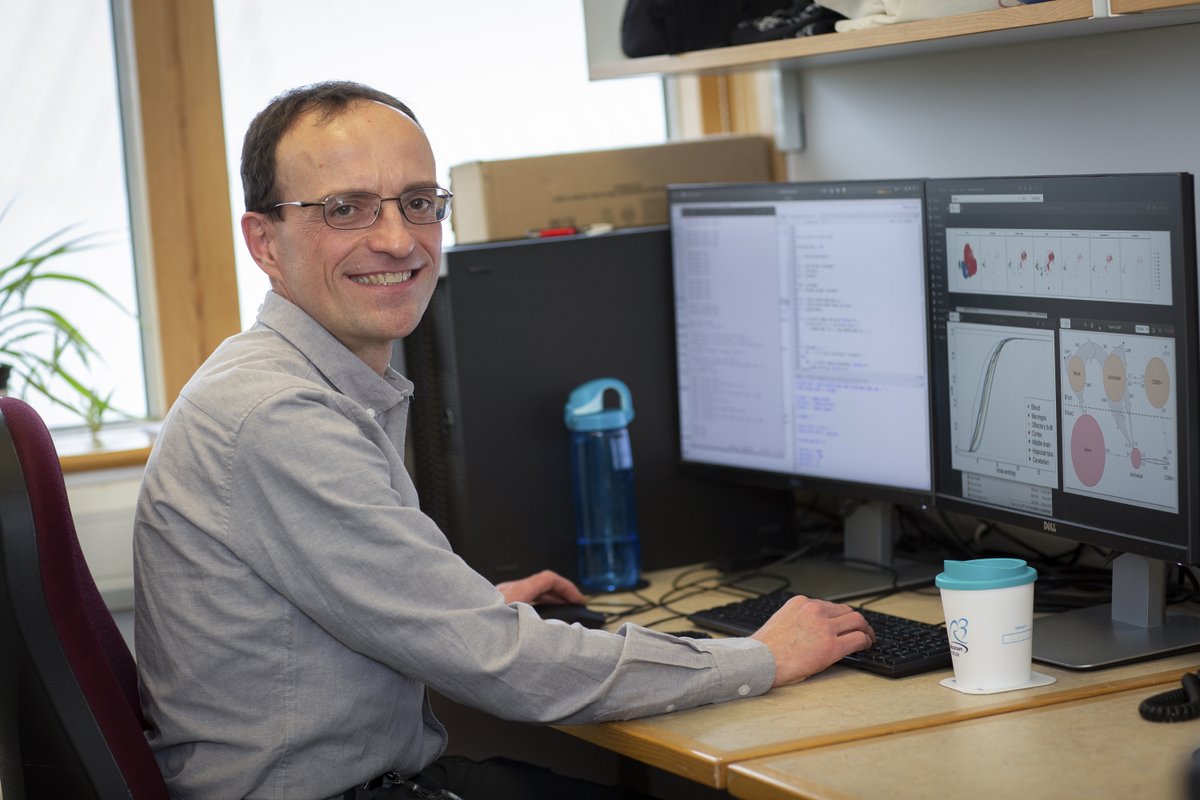We have an exciting new #preprint on @medrxivpreprint ! A novel class of #primaryimmunodeficiency, with the discovery of ITPR3 mutations in two families with combined immunodeficiency. As always, studying #PID teaches us so much about biology! 1/8
medrxiv.org/content/10.110…
medrxiv.org/content/10.110…
The work is based on patients identified @UZLeuven by Rik Schrijvers and @IsabelleMeyts. Both patients had a combined #immunodeficiency with sensitivity to infections, one complicated by peripheral #neuropathy and one by #autoimmune hemolytic anemia. Over to the gene hunters! 2/8 

Mutations in ITPR3 were identified by Erika Van Nieuwenhove and Frederik Staels. ITPR3 is part of a #Calcium channel, so we turned to the Serysheva lab @Irina52948708 to predict the impact on structure. Clear as day, the mutations change the charge of the channel. 3/8 

Collaborating with Lara Terry and David Yule @UofR let us calculate the exact functional defect caused by this mutation: it is 100-fold less efficient at transporting #Calcium signals than the wildtype allele. 4/8 

So lucky to have a world leader in Calcium signalling at @LeuvenU, with Geert Bultynck. The incredibly talented @JulikaNeumann was able to develop new methods with @LMCSLeuven to measure the defect that patient #whitebloodcells have in responding to activation. 5/8 

Why does this matter? #Calcium is like #WiFi. Your smartphone is crippled without data, #whitebloodcells are crippled without #Calcium channels. Our patients have all the #whitebloodcells they need, but without #signalling they just sit there while infections rage! 6/8 

Thankfully our clinical friends could treat both patients. One required a bone-marrow transplant, as their #whitebloodcells were just ignoring all signals. The other has a more mild mutation (their cells are just hard-of-hearing), and is doing well with antibody transfusion. 7/8 

Thanks to @VIBLifeSciences, @KU_Leuven, @EU_H2020 and @BBSRC for funding, and @JulikaNeumann and Stephanie Humblet-Baron for leadership.
Due to this project we can identify and treat new #PID patients, and we know more about how #whitebloodcells work in healthy individuals. 8/8
Due to this project we can identify and treat new #PID patients, and we know more about how #whitebloodcells work in healthy individuals. 8/8
• • •
Missing some Tweet in this thread? You can try to
force a refresh














